Home>Technology>Security & Surveillance>How To Rekey A Door Lock
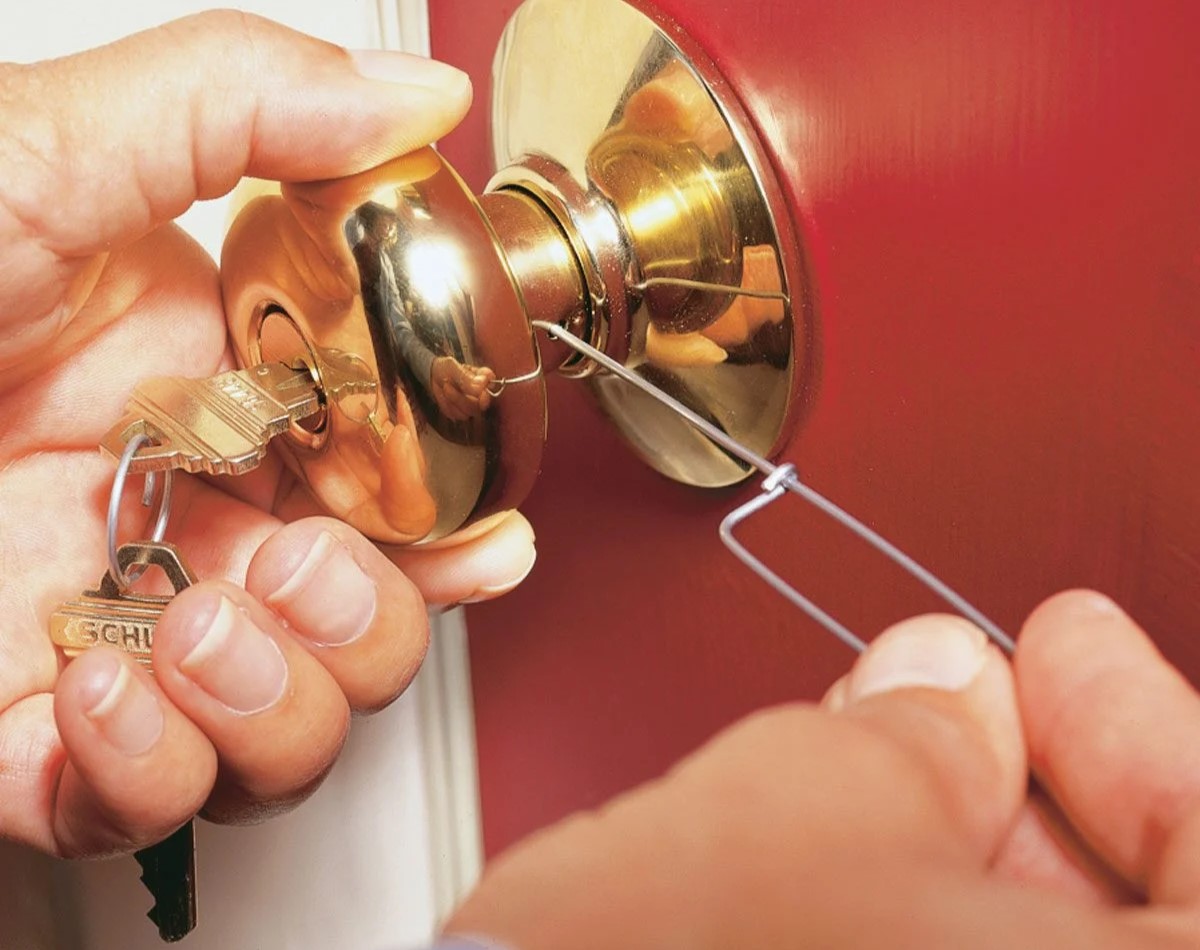

Security & Surveillance
How To Rekey A Door Lock
Modified: January 5, 2024
Learn how to rekey a door lock for improved security and surveillance. Follow our step-by-step guide to enhance your home's safety and protection.
(Many of the links in this article redirect to a specific reviewed product. Your purchase of these products through affiliate links helps to generate commission for Storables.com, at no extra cost. Learn more)
Introduction
Rekeying a door lock is a fundamental aspect of home security and a valuable skill for homeowners and property managers. Whether you've recently moved into a new home or need to restrict access to a specific area, knowing how to rekey a door lock can save you time and money. This process allows you to change the lock's internal pins and springs so that it works with a new key, rendering the old key ineffective.
Understanding the mechanics of rekeying, the necessary tools and materials, and the step-by-step process is crucial for a successful outcome. By mastering this skill, you can enhance the security of your property without having to replace the entire lock, providing peace of mind and convenience.
In this comprehensive guide, we will delve into the intricacies of rekeying a door lock, equipping you with the knowledge and confidence to tackle this task effectively. From the basics of rekeying to the practical steps involved, we will walk you through the process, empowering you to safeguard your home and loved ones. Let's embark on this enlightening journey to demystify the art of rekeying door locks and amplify your security prowess.
Key Takeaways:
- Rekeying a door lock involves changing the internal components to work with a new key, enhancing security without replacing the entire lock, and allowing for customized access control.
- To rekey a door lock, gather essential tools and materials, follow a step-by-step process to replace the pins, and conduct thorough testing to ensure the lock operates seamlessly with the new key.
Read more: How To Rekey A Car Door Lock
Understanding the Basics of Rekeying
Rekeying a door lock involves altering the lock mechanism to function with a new key while invalidating the previously used key. This process is beneficial in various scenarios, such as when you move into a new residence, experience a security breach, or simply want to enhance access control. By comprehending the fundamental principles of rekeying, you can grasp the significance of this practice and its implications for security.
At the core of rekeying is the modification of the lock's internal components, namely the pins and springs. These elements are responsible for aligning and releasing the lock, and by rearranging them to correspond with a different key, you effectively reset the lock to recognize the new key's unique pattern. This renders any existing keys useless, effectively revoking access to anyone who previously had a key to the lock.
One of the primary advantages of rekeying is the ability to maintain your existing lock hardware while achieving a new level of security. This not only saves the cost of purchasing and installing a new lock but also ensures that the lock remains compatible with the door and frame, preserving its functionality and aesthetic appeal.
Furthermore, rekeying empowers you to customize access to different areas of your property. By reconfiguring the locks to operate with a master key system, you can streamline key management and bolster security by controlling access based on individual permissions. This level of flexibility is invaluable for homeowners and property managers seeking to optimize security measures without overhauling the entire locking system.
Understanding the basics of rekeying sets the stage for a seamless execution of the process, allowing you to approach this task with confidence and precision. Armed with this knowledge, you are poised to explore the practical aspects of rekeying, including the essential tools and materials required to accomplish this task effectively.
Tools and Materials Needed
Before embarking on the rekeying process, it is essential to gather the requisite tools and materials to ensure a smooth and efficient operation. Equipping yourself with the following items will facilitate the precise execution of the rekeying procedure, setting the stage for a successful outcome:
Tools:
- Keying Kit: A comprehensive keying kit containing various pins, springs, and tools tailored for rekeying specific lock types is indispensable for this task. It typically includes tweezers, plug followers, and other specialized tools designed for manipulating lock components.
- Plug Followers: These tools are essential for removing the lock core and maintaining the alignment of the upper pins during the rekeying process.
- Tweezers: Precision tweezers facilitate the delicate handling of small pins and springs within the lock cylinder, ensuring accurate placement during rekeying.
- Key Gauge: A key gauge enables you to determine the precise length and depth of the pins, aiding in the selection of the appropriate pins for the rekeyed lock.
- Screwdriver: A screwdriver is necessary for removing the lock from the door and accessing the cylinder for rekeying.
- Pinning Mat: This mat provides a stable surface for organizing and arranging the pins and springs as you rekey the lock, preventing loss or misplacement of crucial components.
Materials:
- New Key Blanks: Acquire new key blanks that align with the desired keying configuration, ensuring compatibility with the rekeyed lock.
- Lubricant: A high-quality lock lubricant is essential for ensuring smooth operation of the rekeyed lock, prolonging its longevity and performance.
- Cleaning Solvent: Utilize a cleaning solvent to thoroughly cleanse the lock components, removing debris and ensuring optimal functionality post-rekeying.
- Replacement Parts (Optional): In some cases, it may be necessary to replace worn or damaged lock components during the rekeying process to guarantee the lock's reliability and security.
By assembling these tools and materials, you are primed to initiate the rekeying process with confidence, equipped to navigate each step seamlessly and achieve a meticulously rekeyed lock that aligns with your security objectives.
Read more: How To Rekey Schlage Smart Lock
Step-by-Step Guide to Rekeying a Door Lock
Embarking on the journey of rekeying a door lock demands a systematic approach and meticulous attention to detail. By following this comprehensive step-by-step guide, you can navigate the rekeying process with confidence and precision, ensuring a successful outcome that aligns with your security objectives.
Step 1: Gather Essential Tools and Materials
Begin by assembling the necessary tools and materials, including a keying kit, plug followers, tweezers, key gauge, screwdriver, pinning mat, new key blanks, lubricant, and cleaning solvent. Having these items readily available will streamline the rekeying process and facilitate a seamless transition from one key to another.
Step 2: Remove the Lock Cylinder
Using a screwdriver, carefully detach the lock cylinder from the door. This will provide access to the internal components of the lock, enabling you to proceed with the rekeying process.
Step 3: Extract the Plug and Upper Pins
With the lock cylinder removed, use the plug followers to extract the plug, ensuring that the upper pins remain aligned and intact. This step is crucial for maintaining the integrity of the lock while preparing for the rekeying procedure.
Read more: How To Use A Smart Key To Rekey A Lock
Step 4: Identify and Replace Pins
Utilizing the key gauge from your keying kit, identify the length and depth of the existing pins within the lock. Subsequently, select new pins from the keying kit that correspond to the configuration of the new key. Carefully replace the existing pins with the selected ones, ensuring precision and accuracy in their placement.
Step 5: Reassemble the Lock Cylinder
Once the new pins are in place, reassemble the lock cylinder using the plug followers to ensure the proper alignment of the upper pins. This step is critical for maintaining the functionality and security of the rekeyed lock.
Step 6: Test the Rekeyed Lock
Insert the new key into the reassembled lock cylinder and test its functionality. Ensure that the key turns smoothly and the lock operates as intended. Verify that the old key is no longer operational, confirming the success of the rekeying process.
Step 7: Apply Lubricant and Reinstall the Lock
Apply a suitable lock lubricant to the rekeyed lock to optimize its performance and longevity. Once lubricated, reinstall the lock cylinder into the door, securing it in place with the screwdriver. Ensure that the lock operates seamlessly with the new key, signifying the completion of the rekeying process.
By diligently following these steps, you can effectively rekey a door lock, fortifying your property’s security and preserving the integrity of your existing lock hardware. This mastery of the rekeying process empowers you to adapt and enhance your security measures with confidence and proficiency.
Read more: How To Lock A Digital Door Lock
Testing the Rekeyed Lock
Following the meticulous rekeying process, it is imperative to subject the rekeyed lock to comprehensive testing to ensure its seamless functionality and uncompromised security. Thorough testing serves as the litmus test for the success of the rekeying endeavor, providing assurance that the lock operates as intended and effectively restricts access to unauthorized keys.
Initial Assessment
Upon completing the rekeying process, begin by inserting the newly configured key into the lock cylinder. Observe the key’s insertion and rotation, ensuring that it moves smoothly and effortlessly within the lock. This initial assessment serves as a preliminary indication of the alignment and compatibility of the rekeyed components.
Key Operation
Turn the key to engage the lock and test its operation. Verify that the key turns without resistance and that the lock mechanism functions seamlessly, securing and releasing the bolt or latch as intended. This step validates the practicality of the rekeyed lock in everyday usage scenarios, affirming its reliability and user-friendly operation.
Key Removal
After locking and unlocking the door, remove the key from the cylinder and assess the ease of extraction. The key should disengage from the lock without undue effort, indicating that the rekeying process has not compromised the lock’s core functionality or created any obstructions within the cylinder.
Read more: How To Lock A Door Without A Lock
Old Key Test
Attempt to utilize the previous key that was associated with the lock prior to rekeying. The old key should be rendered ineffective, failing to operate the lock or engage its mechanism. This test confirms the successful invalidation of the old key, reinforcing the security enhancements achieved through rekeying.
Repeat Testing
Conduct multiple cycles of locking and unlocking the door using the new key to verify consistent and reliable operation. Repetitive testing ensures that the rekeyed lock maintains its performance across various usage scenarios, instilling confidence in its long-term functionality.
Security Validation
Consider the security implications of the rekeyed lock by assessing its resistance to manipulation and unauthorized access attempts. Confirm that the lock withstands tampering and unauthorized key insertion, underscoring its efficacy in safeguarding the premises against potential breaches.
By subjecting the rekeyed lock to rigorous testing encompassing various operational and security aspects, you can ascertain its reliability and effectiveness in fortifying your property’s defenses. This meticulous evaluation reaffirms the success of the rekeying process and instills confidence in the enhanced security measures implemented through this strategic endeavor.
Conclusion
Mastering the art of rekeying a door lock empowers homeowners and property managers to fortify their security measures with precision and efficiency. By delving into the intricacies of rekeying, understanding the essential tools and materials, and navigating the step-by-step process, you have unlocked the potential to enhance the security of your property while preserving the integrity of existing lock hardware.
Rekeying a door lock transcends the mere act of changing keys; it symbolizes a proactive stance in safeguarding your home and loved ones. The ability to manipulate the internal components of a lock, reconfiguring them to align with a new key, epitomizes the fusion of technical proficiency and security consciousness.
Through the judicious selection and replacement of pins, meticulous testing, and validation of the rekeyed lock’s functionality, you have embarked on a journey of security optimization. The comprehensive testing process serves as a litmus test for the success of the rekeying endeavor, affirming the lock’s reliability and imperviousness to unauthorized access.
Armed with the knowledge and expertise gleaned from this guide, you possess the acumen to adapt and fortify your property’s security measures with finesse. The ability to customize access, streamline key management, and invalidate old keys underscores the versatility and efficacy of rekeying as a security enhancement strategy.
As you reflect on the comprehensive process of rekeying a door lock, envision the tangible impact it has on fortifying your property’s defenses. The preservation of existing lock hardware, cost savings, and seamless adaptation to new key configurations exemplify the practicality and prudence of rekeying as a security solution.
In essence, the journey of rekeying a door lock transcends the mechanical manipulation of pins and springs; it embodies a proactive stance in enhancing security, preserving peace of mind, and fortifying the sanctity of your home. Embrace this newfound skill with confidence, knowing that you possess the expertise to safeguard your domain with precision and foresight.
May this guide serve as a beacon of knowledge and empowerment, propelling you toward a realm of heightened security and unwavering peace of mind.
Frequently Asked Questions about How To Rekey A Door Lock
Was this page helpful?
At Storables.com, we guarantee accurate and reliable information. Our content, validated by Expert Board Contributors, is crafted following stringent Editorial Policies. We're committed to providing you with well-researched, expert-backed insights for all your informational needs.
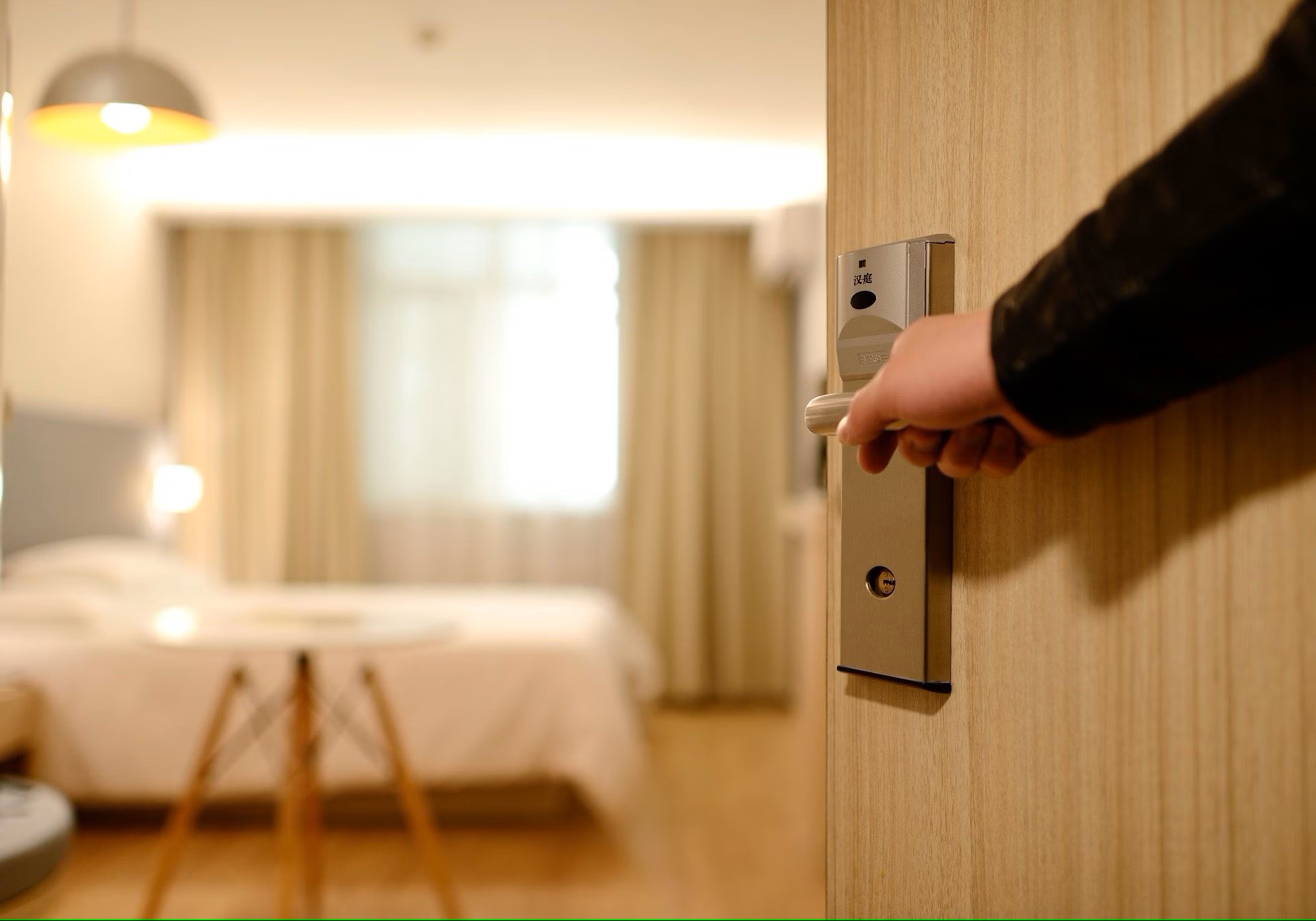
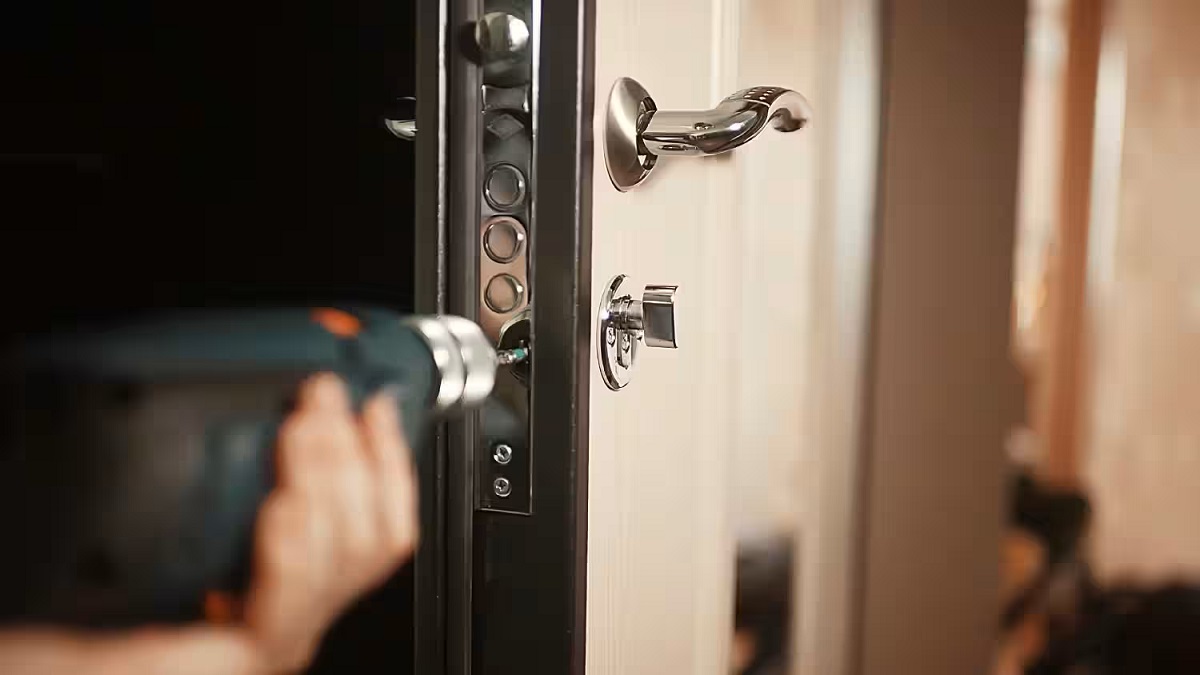
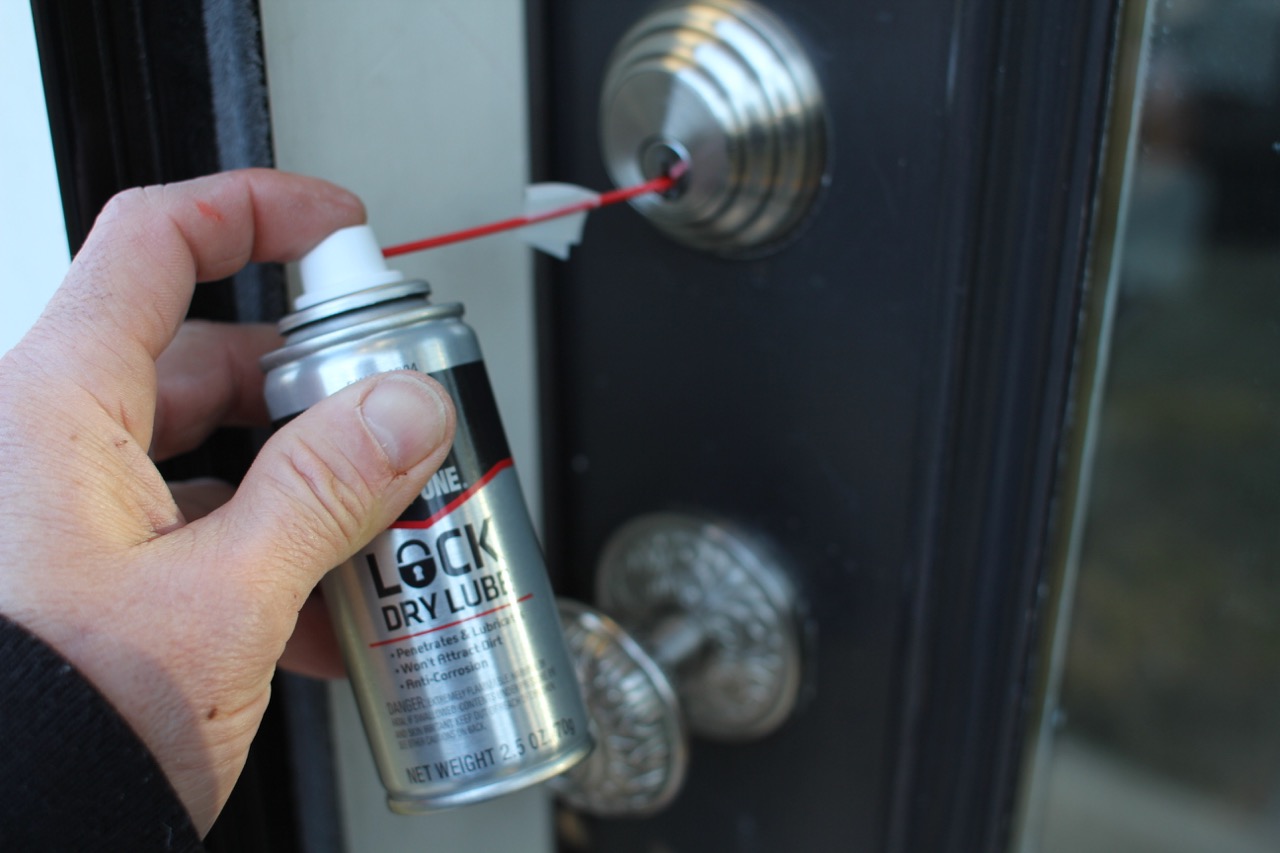
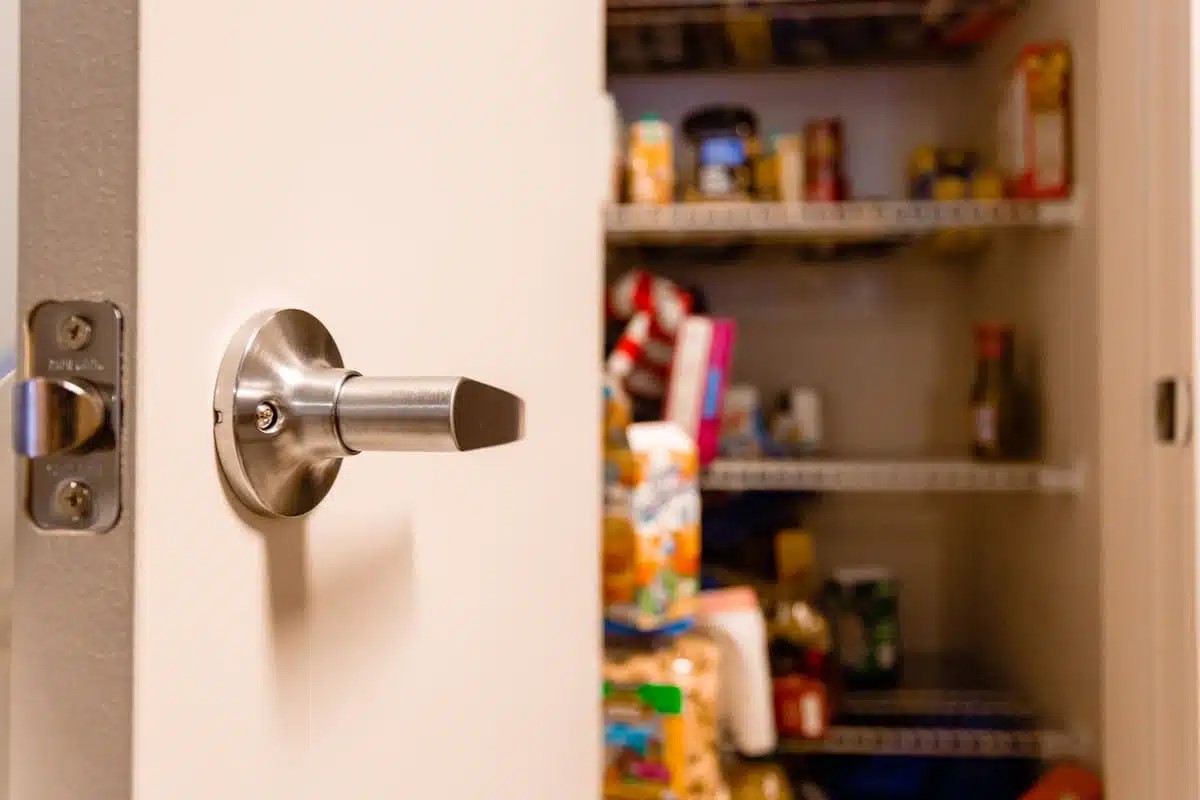
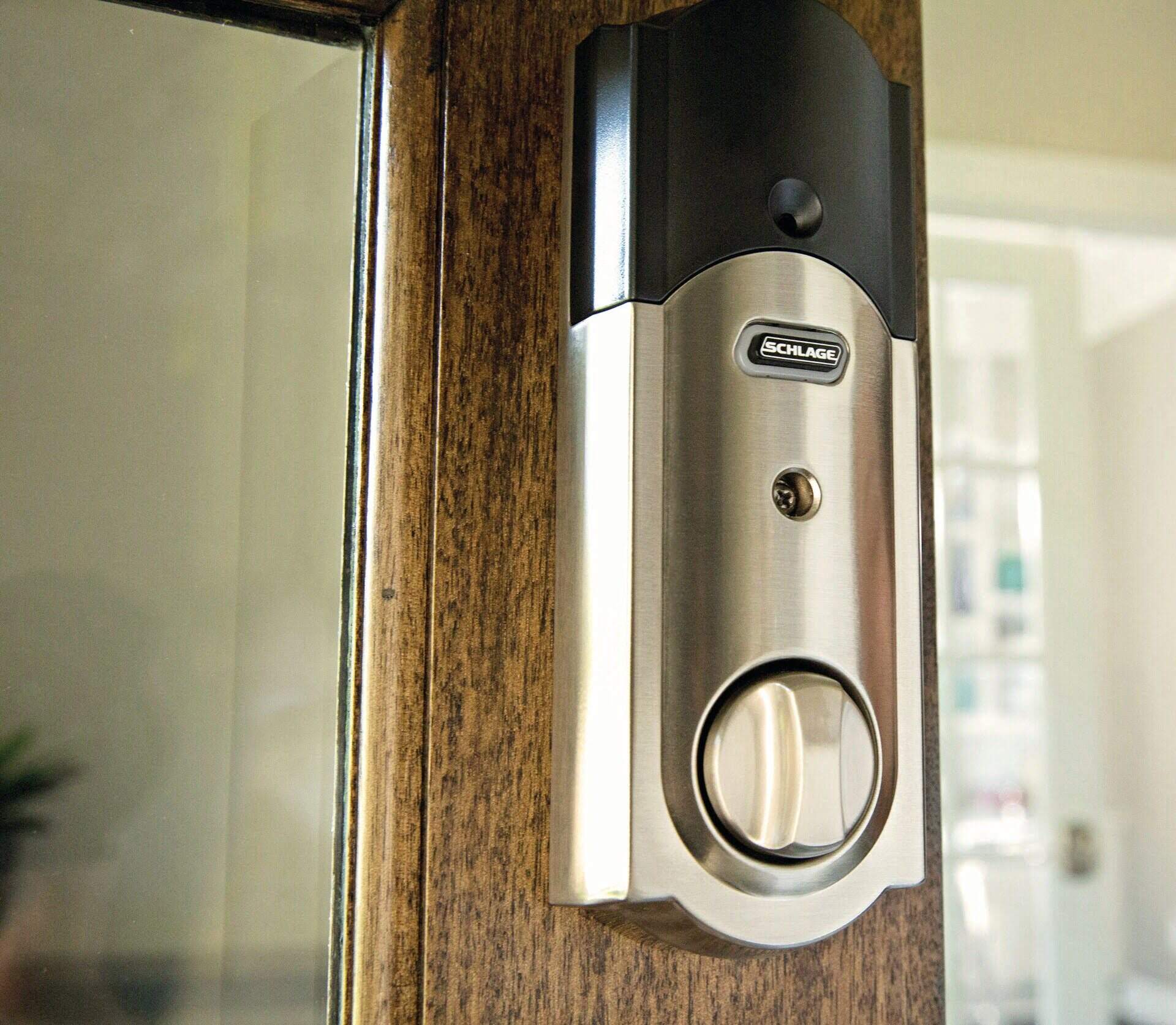
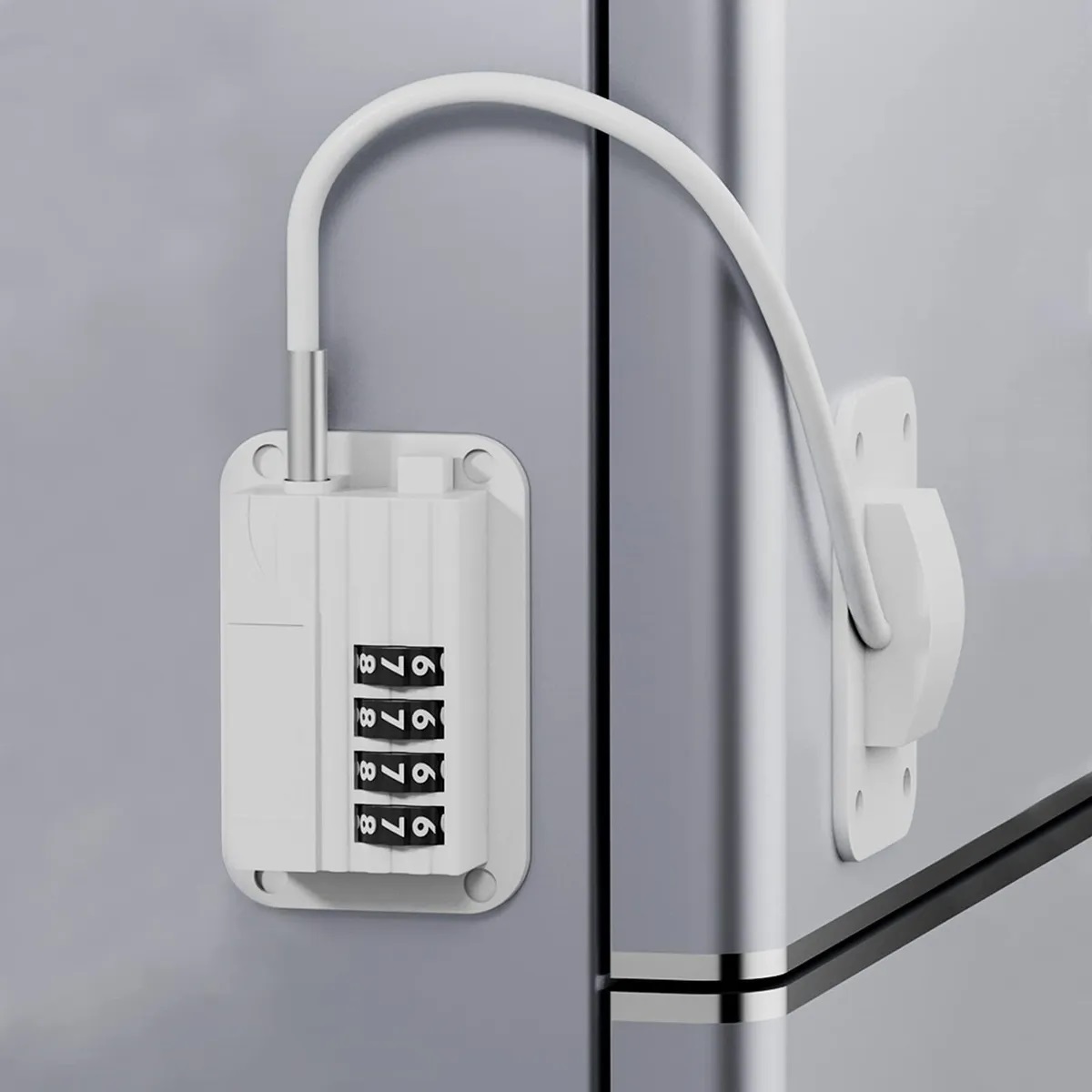
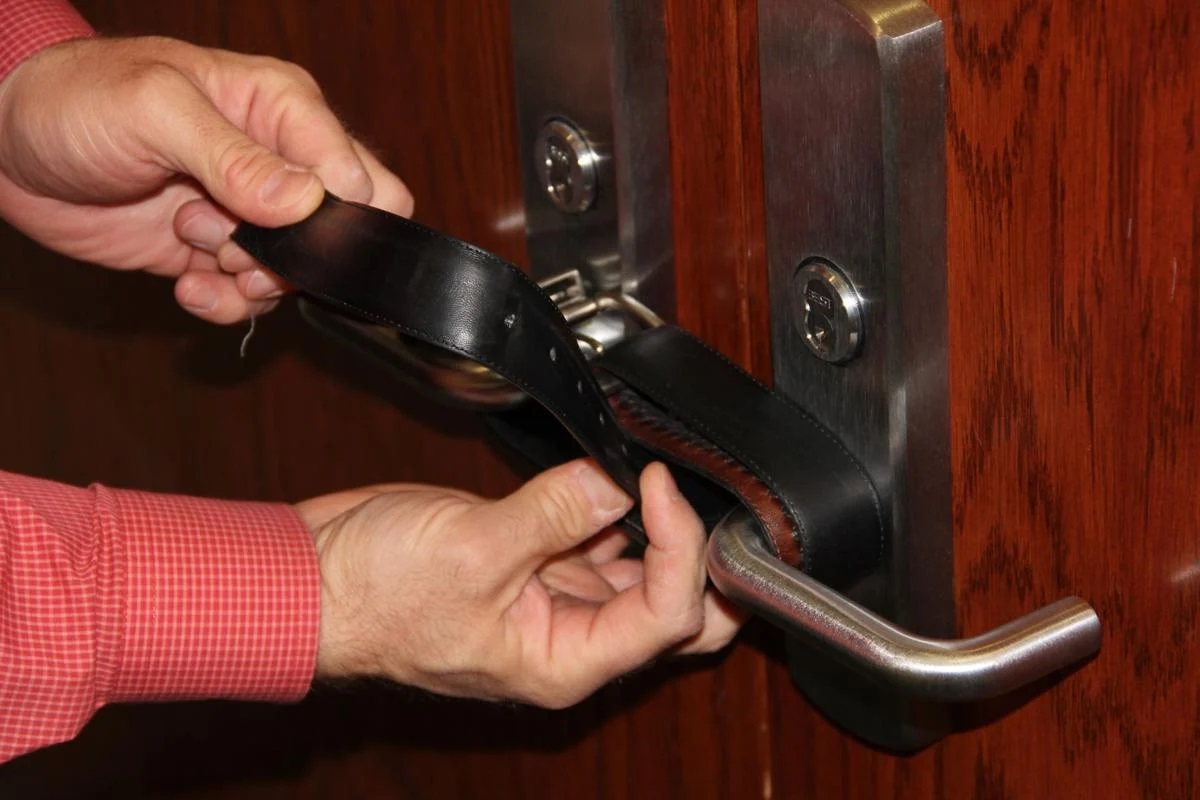

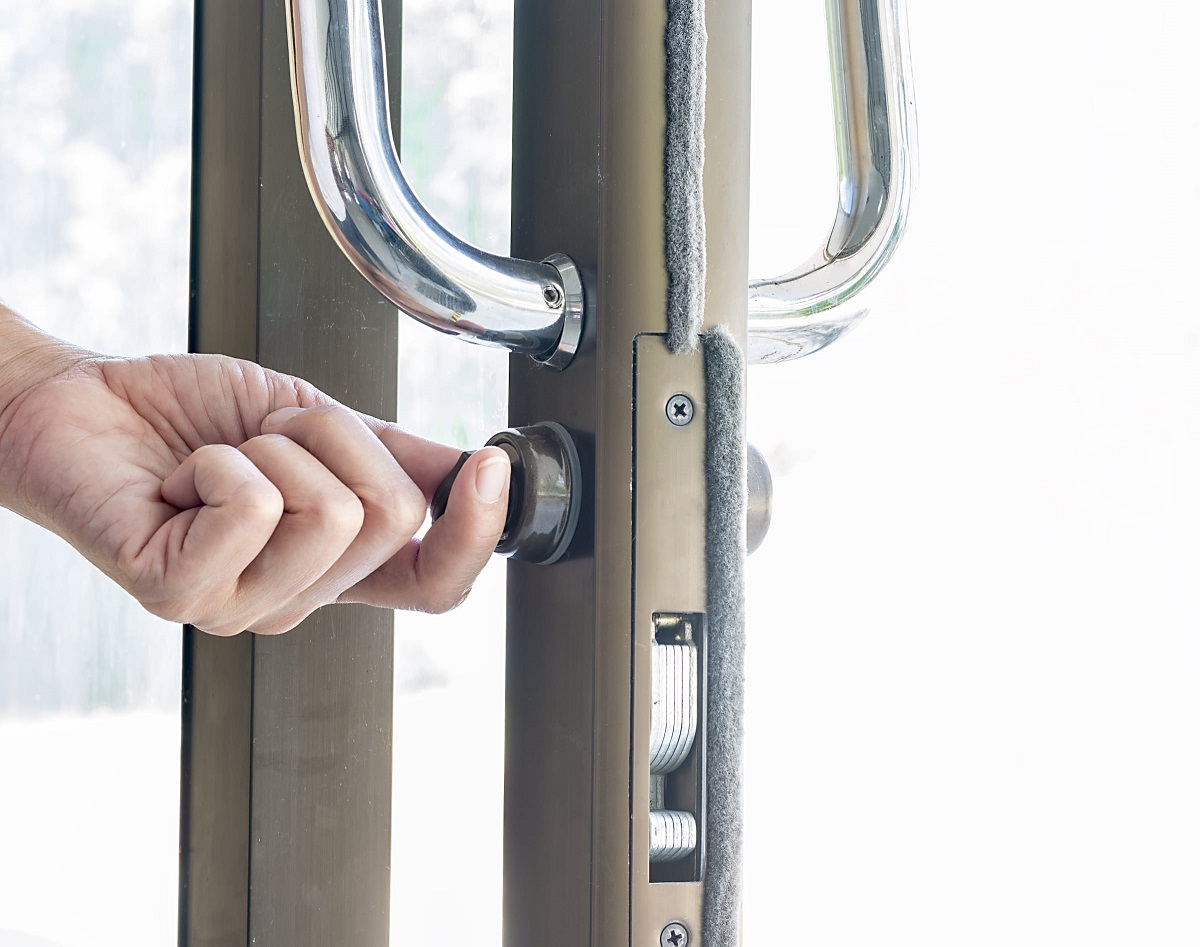
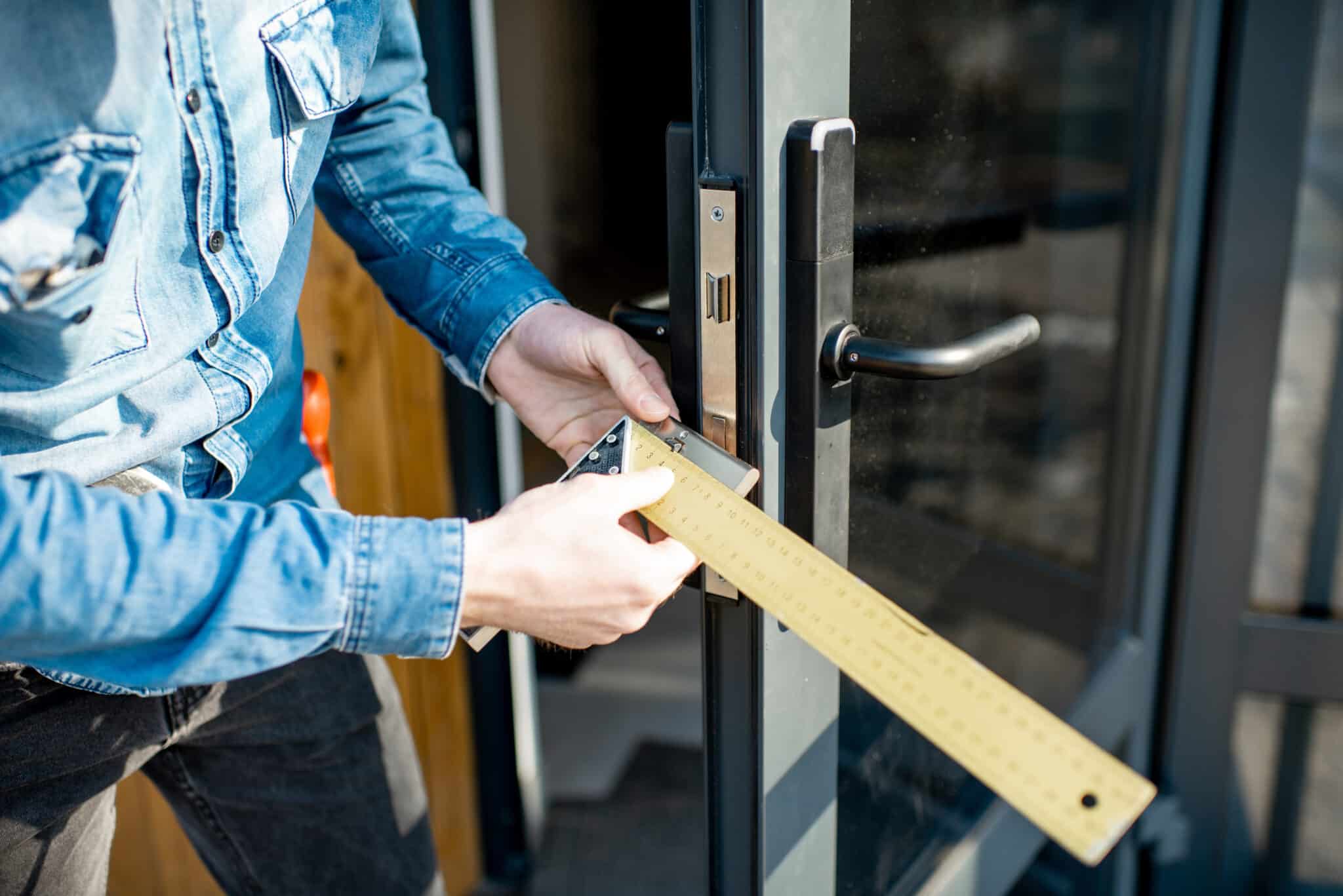
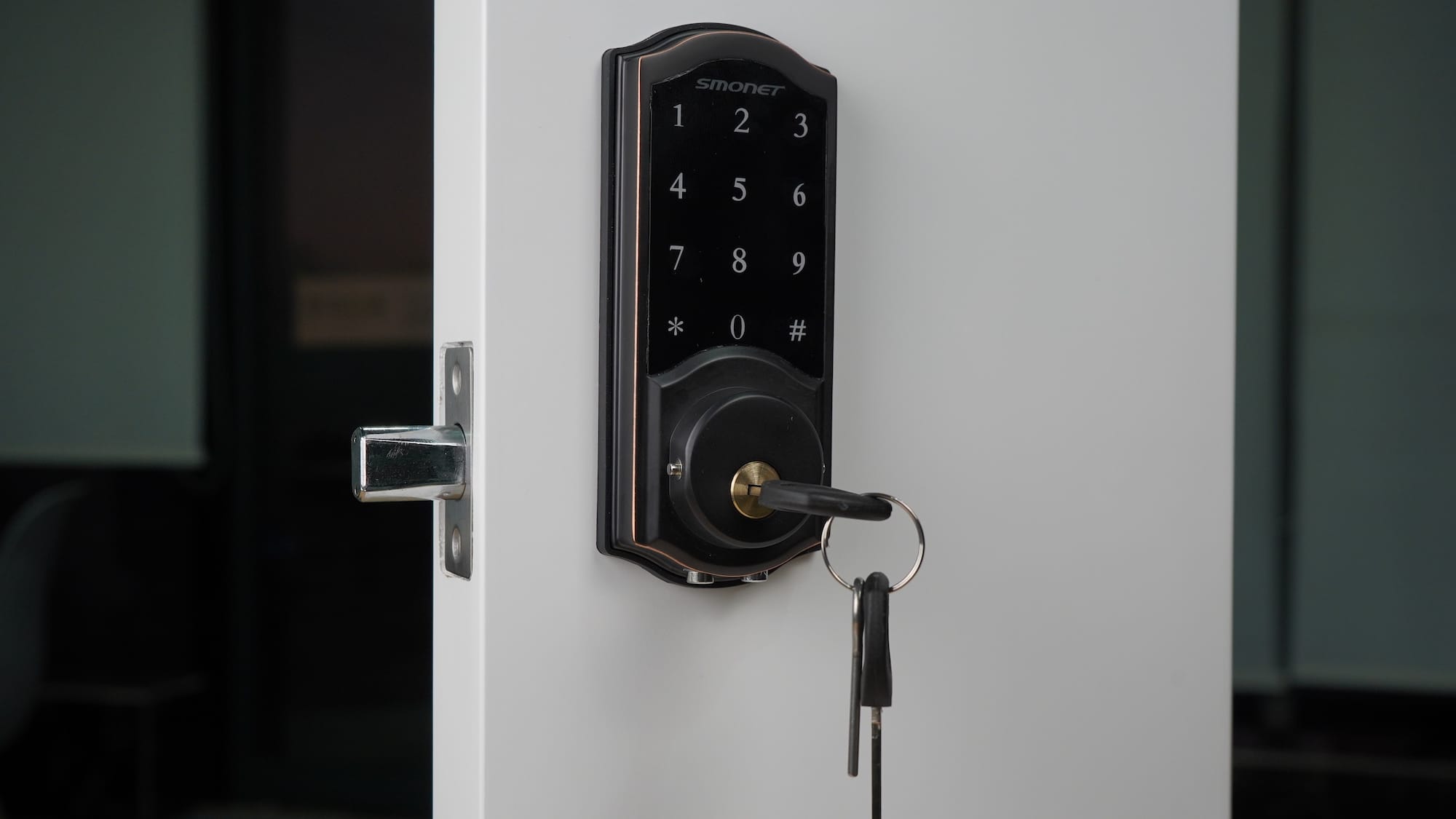

0 thoughts on “How To Rekey A Door Lock”